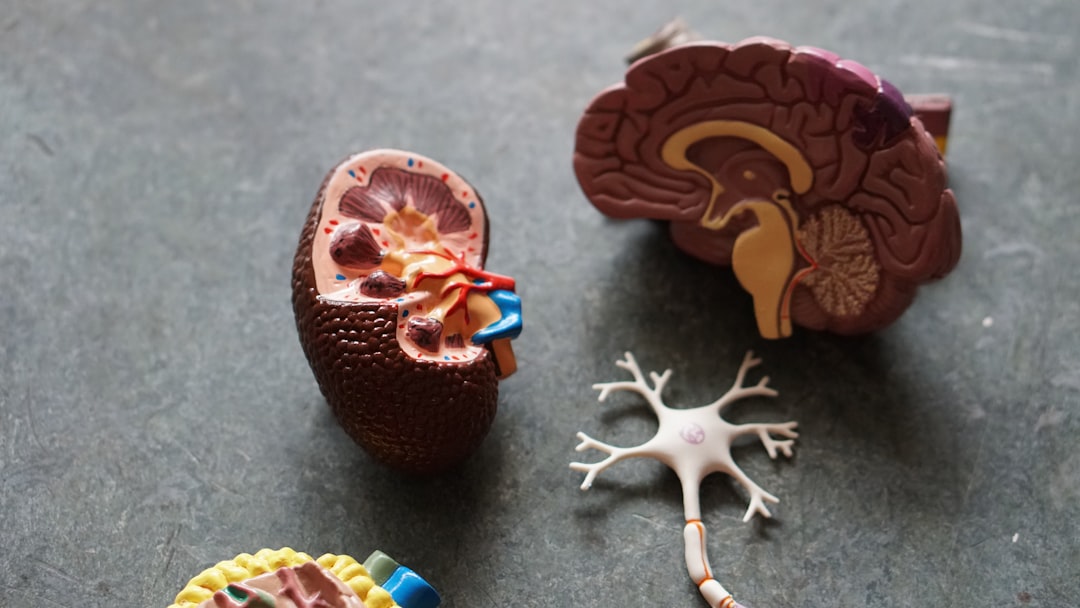What is it about?
In this paper, we investigated individual differences between adults learning a new language. This was done using a lab task called artificial grammar learning, i.e. participants do not learn an existing language. We employed functional Magnetic Resonance Imaging (fMRI) to investigate learning and adopted a data-driven approach to functional connectivity of the brain. Our results show that there is a brain network engaged in (artificial) grammar learning which is coupled with the language learning abilities of an individual participant.
Featured Image
Why is it important?
Our results are important because they demonstrate that language learning engages a network of bilateral brain areas and that the engagement of these areas depends on one's language learning abilities.
Perspectives
This is great work carried out by a promising young scientist, Olga Kepinska, who has been investigating the role of language aptitude with neurolinguistic methods such as ERP and fMRI to get to know more about the neural correlates of one's language learning abilities.
Professor Niels O Schiller
Universiteit Leiden
Read the Original
This page is a summary of: Whole-brain functional connectivity during acquisition of novel grammar: Distinct functional networks depend on language learning abilities, Behavioural Brain Research, March 2017, Elsevier,
DOI: 10.1016/j.bbr.2016.12.015.
You can read the full text:
Contributors
The following have contributed to this page










